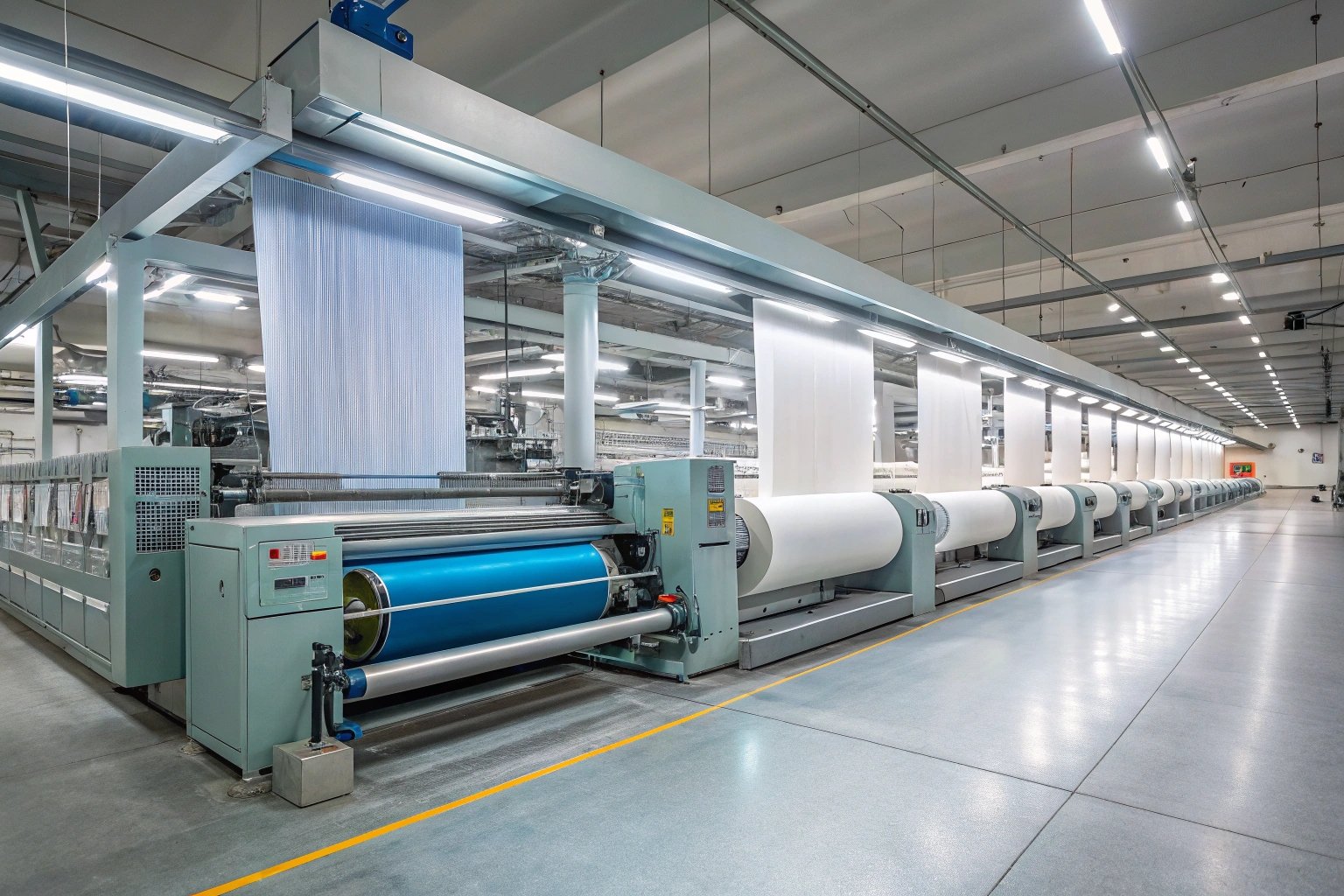In the past, textile dyeing has been one of the most water-intensive and polluting processes in the fashion supply chain. From toxic discharge into rivers to massive water consumption, the environmental costs have become too high for both manufacturers and global buyers to ignore. But today, a quiet revolution is underway—led by innovative, waterless fabric dyeing technologies that promise to reshape the way our industry works.
Waterless dyeing technologies now offer a real alternative to traditional wet processes, reducing water use by up to 95% and cutting chemical pollution drastically. These advancements not only align with global sustainability goals but also improve productivity and product quality.
At Fumao Fabric, we keep a close eye on these shifts. As sustainability becomes a key driver for sourcing decisions, we actively explore partnerships and adopt techniques that minimize environmental impact while delivering high-end, custom-dyed fabrics for clients across Europe, North America, and beyond. Let’s break down the latest innovations and what they mean for fabric buyers and importers.
What is Supercritical CO₂ Dyeing and How Does It Work?
Supercritical CO₂ dyeing is at the forefront of waterless dyeing technologies. It uses carbon dioxide in a supercritical state—neither fully gas nor liquid—to deliver dye molecules into synthetic fibers like polyester.
This process eliminates water entirely and reuses over 90% of the CO₂ involved, making it both water-free and low-emission.
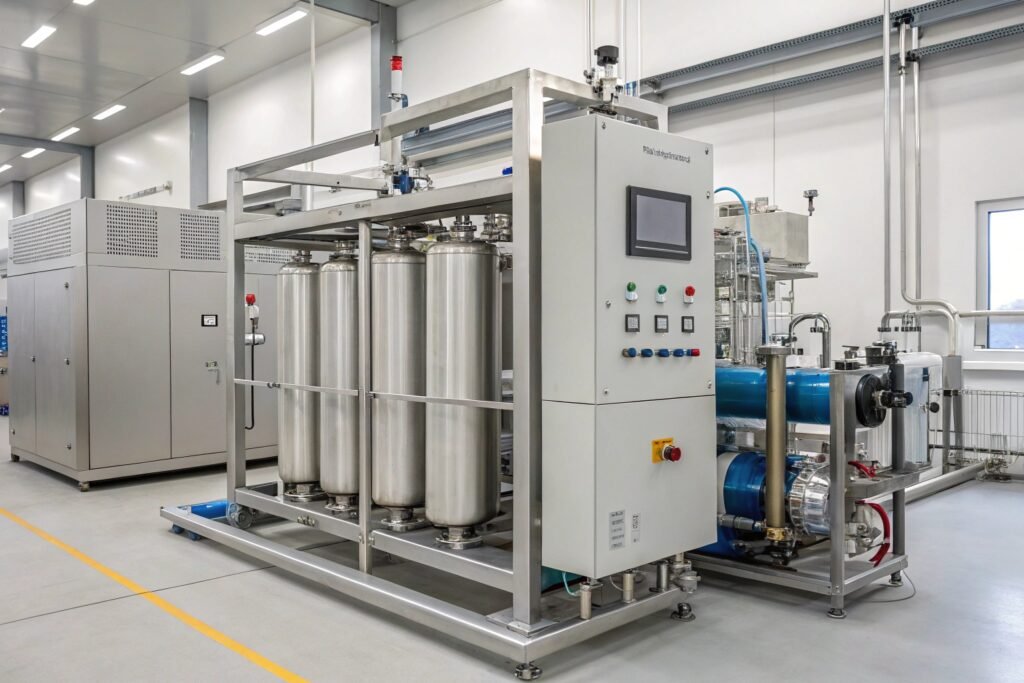
Why Is CO₂ Dyeing Gaining Traction?
Many fashion tech investors and global brands are now betting on supercritical CO₂ dyeing because of its environmental and commercial potential. For example, companies like DyeCoo in the Netherlands have partnered with brands such as Nike and Adidas to scale this technology.
This method requires specialized pressurized machinery, but it’s highly efficient for synthetic fabrics. For fabric buyers sourcing polyester blends or recycled PET fabrics, the benefits include cleaner processing, faster turnaround, and improved dye uptake.
What Are the Limitations of Supercritical Dyeing?
Despite its many advantages, CO₂ dyeing is currently limited to synthetic fibers. Natural fibers like cotton or silk don’t interact well with CO₂ in its supercritical state. The machinery also involves high upfront investment. However, with growing demand and green subsidies in Europe and the U.S., manufacturers are quickly building capacity to adopt this cutting-edge process.
For buyers targeting low-impact textiles and sustainable supply chains, this is a trend to watch closely.
Are Digital Pigment Printers Replacing Traditional Dyeing?
Yes—and it’s happening fast. Digital pigment printing is transforming the dyeing landscape, especially for fashion and interior fabrics. Unlike inkjet dye-sublimation or reactive dyeing, pigment printing applies dry, nano-pigments directly onto fabrics, then cures them using heat.
This waterless process reduces chemical use by 50–80% and supports full-color, low-MOQ customization.
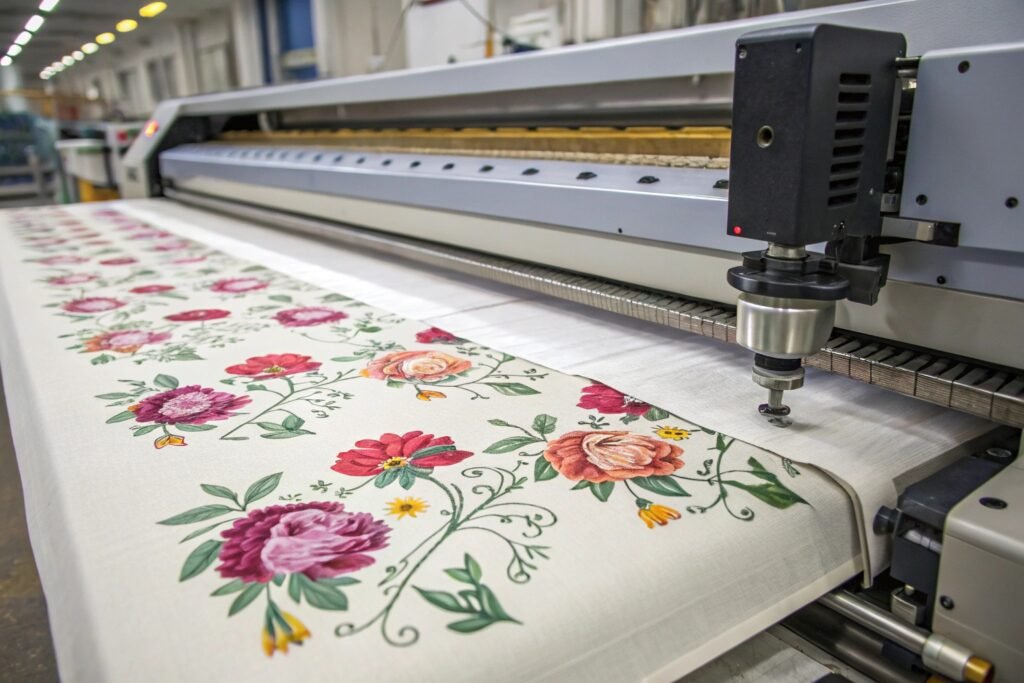
How Precise is the Color Quality in Dry Pigment Printing?
New pigment printers from companies like Kornit Digital offer high resolution and durability—suitable for everything from tees to curtains. These printers support full-spectrum CMYK and custom spot color matching, making them ideal for brands demanding color accuracy and uniqueness.
The curing process, usually through UV or thermal systems, fixes the pigment effectively without steam or wash-off—saving large amounts of water and energy.
Which Fabrics Work Best for Pigment Printing?
Pigment technology excels with natural fibers like cotton, bamboo blends, and some synthetics. It's widely used in print-on-demand businesses and capsule collections where short runs and fast market response matter.
For buyers in e-commerce and boutique apparel, this method provides speed, flexibility, and environmental responsibility—all without a wet dye bath.
What Role Do Foam Dyeing and Plasma Pretreatments Play?
Foam dyeing is a semi-dry technique using high-viscosity foam to deliver dyes to fabric surfaces. It uses 80% less water than traditional dye baths. Plasma pretreatment, meanwhile, changes fiber surfaces using ionized gas, improving dye adhesion and reducing the need for chemical mordants.
Together, they create a hybrid process that dramatically cuts water and chemical use.
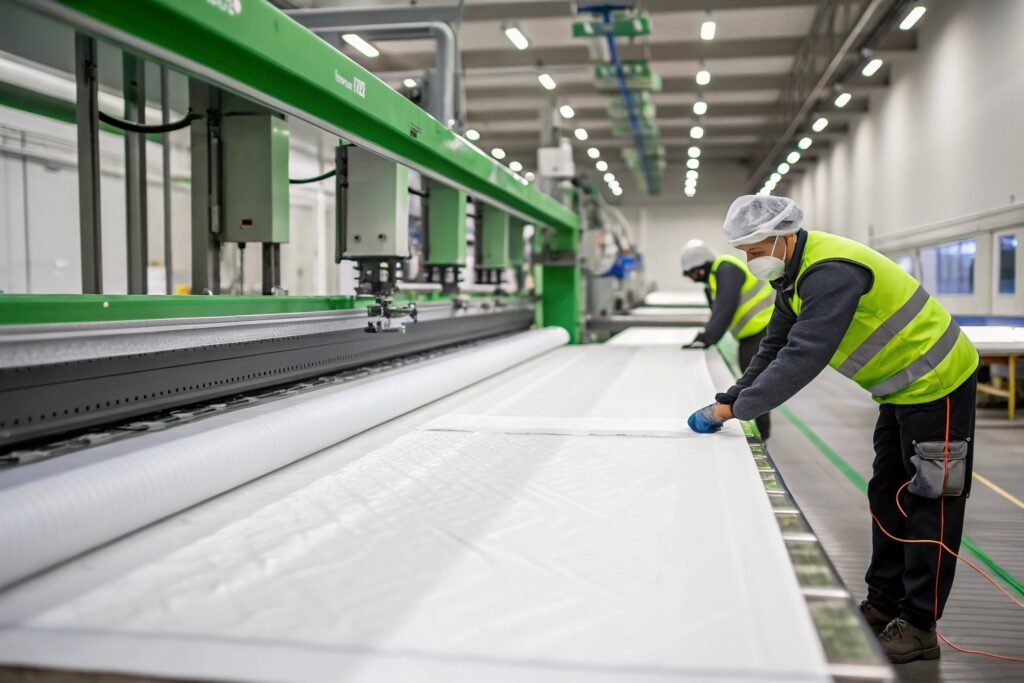
How Effective is Foam in Reducing Dye Waste?
Foam carries dye in air pockets, which makes coverage more efficient and even. The textile mill can control thickness and depth of color precisely—helping reduce reworks and off-spec fabric. According to Fashion For Good, trials show 60–90% water savings and improved dye exhaustion rates.
Plasma pretreatments further enhance this by creating microchannels on the fabric, allowing better pigment penetration with less fixative.
Can Foam Dyeing Be Scaled for Industrial Use?
Yes. Foam dyeing systems developed by TexCoat™ and Gastoni Lab are now being used in denim, chino, and workwear lines. They are being adopted in China, India, and Turkey for both sustainability and cost control.
The modular nature of these systems makes retrofitting into existing lines easier—attractive for mills like ours at Fumao looking to add eco-capability without overhauling entire operations.
What’s the Outlook for Zero-Liquid Discharge and Waterless Plants?
The ultimate goal in sustainable textile dyeing is the zero-liquid-discharge (ZLD) model—where no wastewater leaves the facility. Combined with waterless dyeing methods, these plants operate in closed loops, using steam recapture, nanofiltration, and waste heat reuse.
ZLD systems are now being paired with CO₂ dyeing, foam, and digital pigment to offer full-cycle water-free operations.
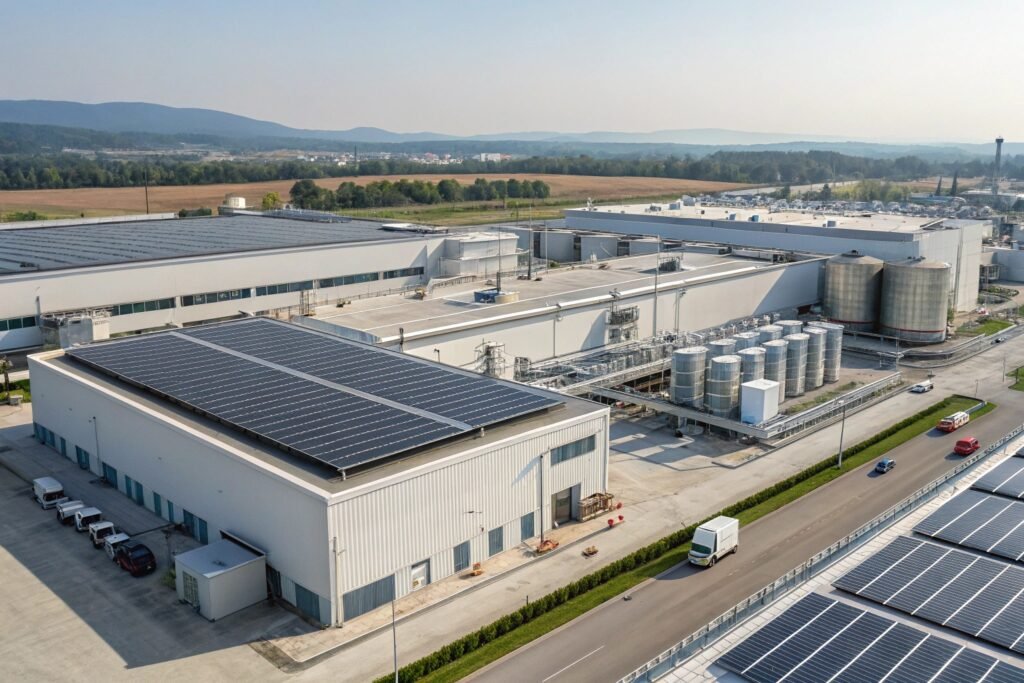
Which Global Brands Are Demanding Water-Free Operations?
Apparel giants like Patagonia and Stella McCartney are already pushing suppliers to go ZLD. Some governments—like India’s Tamil Nadu—require it by law in dye-heavy zones.
For exporters to Europe and the U.S., demonstrating ZLD compliance opens new sourcing channels and boosts long-term buyer loyalty. Certifications like ZDHC are increasingly cited in RFPs.
What Are the Investment Costs and ROI?
ZLD systems require capital, but offer long-term ROI through reduced water bills, emission credits, and enhanced sustainability credentials. Many Chinese and Vietnamese mills have accessed green finance to support the transition. At Fumao, we’re already exploring pilot-scale ZLD integration with our eco-fabric lines.
For buyers, sourcing from ZLD-enabled partners ensures brand safety and ESG compliance—especially under growing EU supply chain regulations.
Conclusion
Waterless fabric dyeing is not a far-off fantasy—it’s here and gaining traction fast. From CO₂ dyeing to digital pigment and foam, manufacturers now have multiple pathways to eliminate water pollution while improving quality and efficiency. At Fumao Fabric, we see this shift not just as a responsibility, but an opportunity to lead in sustainable innovation. If you're sourcing for performance, transparency, and long-term value, these technologies represent the new standard.

